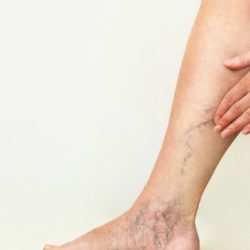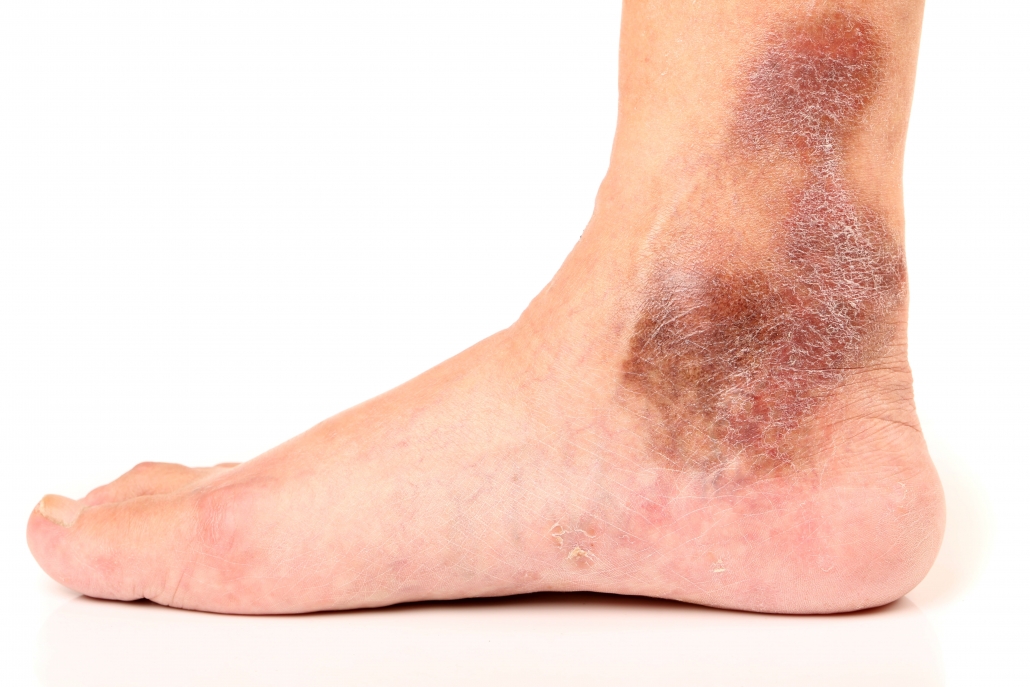What Your Ankles Say About Your Health
Nisha Bunke2025-09-04T12:21:07-07:005 signs of venous reflux disease were found on the ankles

Venous reflux disease refers to ‘leaky valves in the leg veins. It is also referred to as venous insufficiency. When the one-way valves that help blood in the […]



